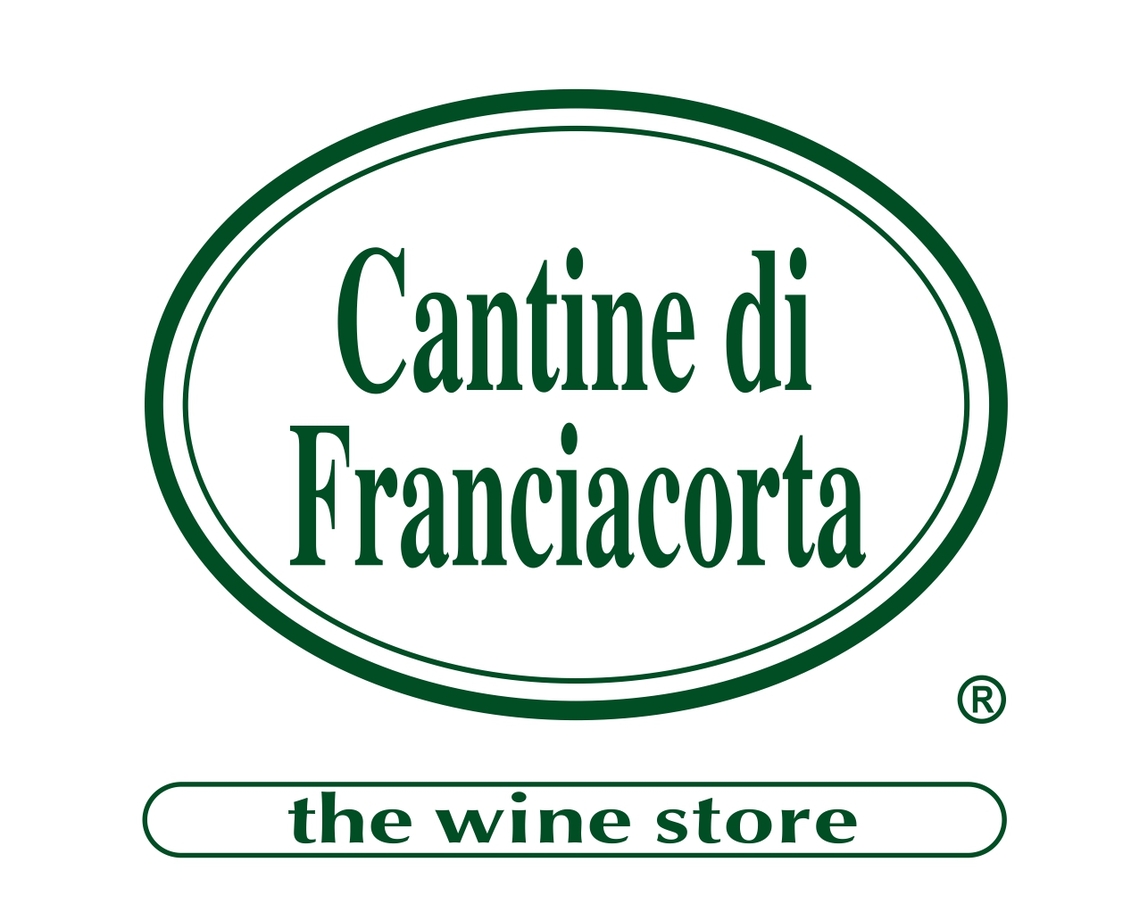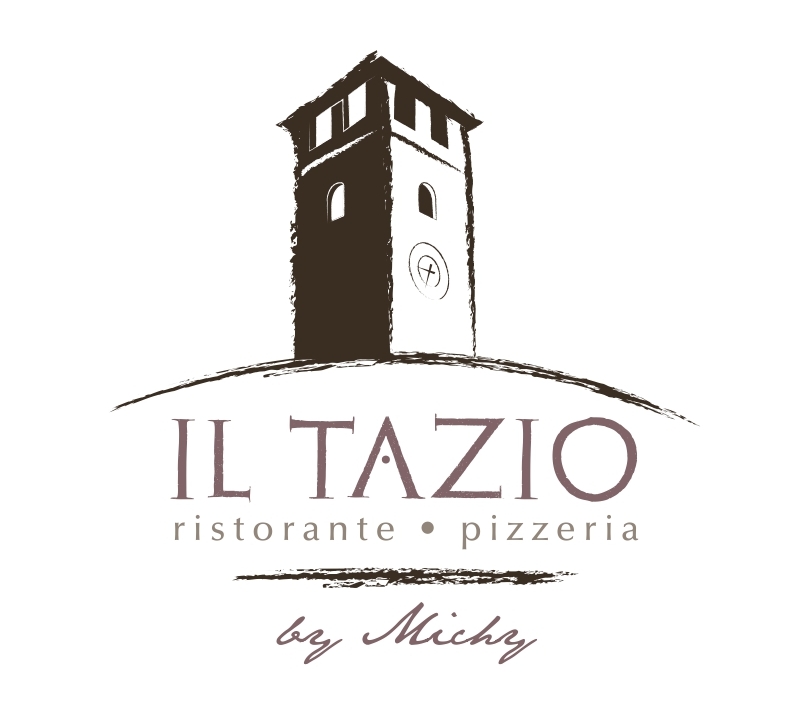The historic centres of Sulzano
The Municipality is made up of several centers: on the lake there is Sulzano, the municipal seat, while along the slope of the mountain there are the districts of Tassano, Martignago, Gussago and Gazzane at different altitudes.
Sulzano, probably from the Roman noble name of Sulcius or Saltius, was born as a port on the lake of the town of Martignago, the first human settlement in the area located towards the mountain.
The whole territory was part of the possessions of the great Brescian monasteries: near Tassano, in the locality of Santa Giulia, there is still today a rustic farmhouse of ancient formation with a courtyard enclosed by a high wall and, above Martignago near the San Mauro complex, the the monastery of Sant’Eufemia possessed a small monastery on which also depended the church of Santa Maria del Giogo, located on the pass between the sebina riviera and the Val Trompia.
The main church of Martignago, dedicated to San Cassiano (now San Fermo), was located on a hillock away from the town and documents dating back to 1180 indicate it as dependent on the parish of Sale Marasino. The church of San Giorgio should also date back to the same period, located in the part closest to the lake.
At the end of the 15th century Sulzano was still a small fraction of the municipality of Martignago, with fishermen’s houses on the shore and a dock from which the boats that transported agricultural goods to the Iseo market departed. From the port, also the extractive materials coming from the nearby Montecolo, where there were the stone quarries used for the production of lime, passed towards the Camonica Valley.
With the relocation of the parish to Sulzano, in the early sixteenth century, the lakeside town prevailed in importance and extension over Martignago. The lakeside road, more convenient for the traffic of goods, increased the commercial and artisan address of the village, starting a development process that will no longer enhance the settlements on the hill, which will remain agricultural, but the lakeside strip.
During the seventeenth century, numerous mills were built that exploited the driving force of the water that flowed abundantly along the Valle dei Molini located south of the parish church.
The church of San Giorgio soon became insufficient for the increase in the population and was totally rebuilt in 1740 based on a design by the architect Antonio Turbini.
Various activities developed in the nineteenth century: silkworm breeding, wool and silk processing, cotton spinning and netting crafts. With the construction of the new coastal road and the railway, which allowed faster communications to Brescia and the Canonica Valley, the textile business received a significant boost and the small artisan workshops became real factories with a significant increase in employment. These are the years in which in Sulzano there are spinning mills, weaving mills, linen twisting and two important grinders, Ziliani and Cittadini, famous throughout Italy.
In the twentieth century the development of navigation and the improvement of the coastal road started a new transformation in the tourist sense of the town which, due to its position in front of Monte Isola, was the main port for the ferry. Important hotels, bathing establishments and elegant holiday homes with beautiful gardens were built.
The visit to the village can start from the town hall square, and then go down to the lake where, near the current port and landing stage, take the ancient Via Ponta (now Cadorna) which runs parallel to the lake. Note the eighteenth-century church of the Visitation near the old port, which was part of an important villa destroyed by fire, inside which there are frescoes attributed to Domenico Voltolini, and a beautiful Liberty villa from the early twentieth century.
Crossing the provincial road leads to the upper part of the town with sweeping views of the historic center on the lake and Monte Isola. After visiting the parish church of San Giorgio, you can go further up the coast along the Via dei Mulini where the remains of the ancient factories emerge amid the roar of the waters of the stream of the same name.
Angelo Valsecchi














